Harvesting strawberry seeds can be a great way to connect with nature, to learn about the life cycle of plants, and to enjoy the fruits of your labor (quite literally!). Plus, it’s a fantastic activity for kids, teaching them about nature and responsibility in a fun and engaging way.
Harvesting strawberry seeds involves selecting ripe strawberries, extracting the seeds, and drying them. Once dried, the seeds can be stored for future planting. When ready to plant, place the seeds in a freezer for a few weeks to stratify them, then sow them in a seed tray with a clear plastic cover. With proper care, these seeds will grow into strawberry plants, producing a bounty of fresh strawberries right in your own backyard.
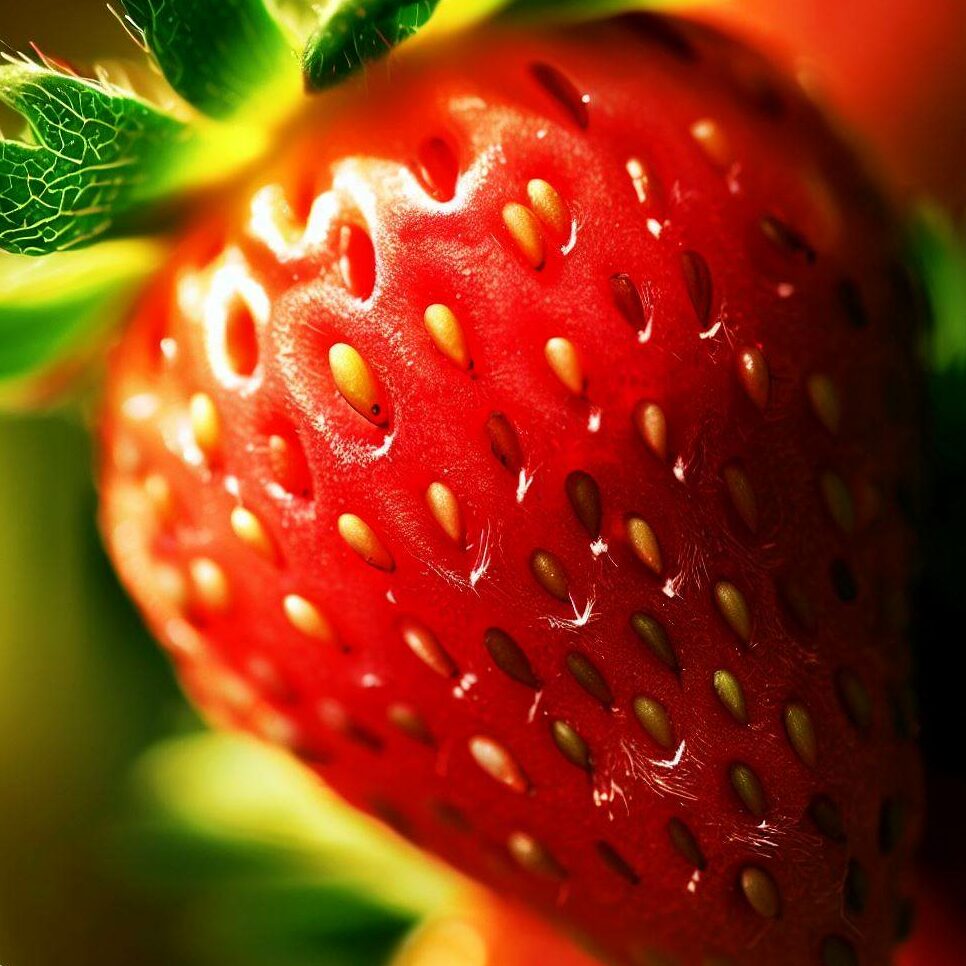
Understanding Types of Strawberry Seeds
Before we dive into the process of harvesting, it’s important to understand the types of strawberry seeds you can save. Not all strawberry seeds are created equal, and the type you choose can have a big impact on your gardening success.
You can save seeds from most types of strawberries, but heirloom varieties are often the best choice. These are varieties that have been passed down through generations, prized for their flavor, hardiness, and other desirable traits.
In my own garden, I’ve had great success with heirloom strawberry seeds. They’re a link to the past, a piece of gardening heritage that carries with it a sense of history and tradition. Plus, they often produce strawberries that are far more flavorful and aromatic than the ones you’ll find in the supermarket.
🍓 Strawberry Suggestion: When choosing which strawberries to save seeds from, look for healthy, disease-free plants that produce tasty fruit. These are the plants that will give you the best seeds and, ultimately, the best strawberries. 🍓
Harvesting Strawberry Seeds: A Step-by-Step Guide
Harvesting the seeds from a strawberry is a task that requires a bit of patience and precision, but the reward of growing your own strawberries from seed is well worth the effort.
There are several methods to save strawberry seeds, and the one you choose may depend on the tools you have at hand and the amount of time you’re willing to invest. Let’s explore a few of the most common methods:
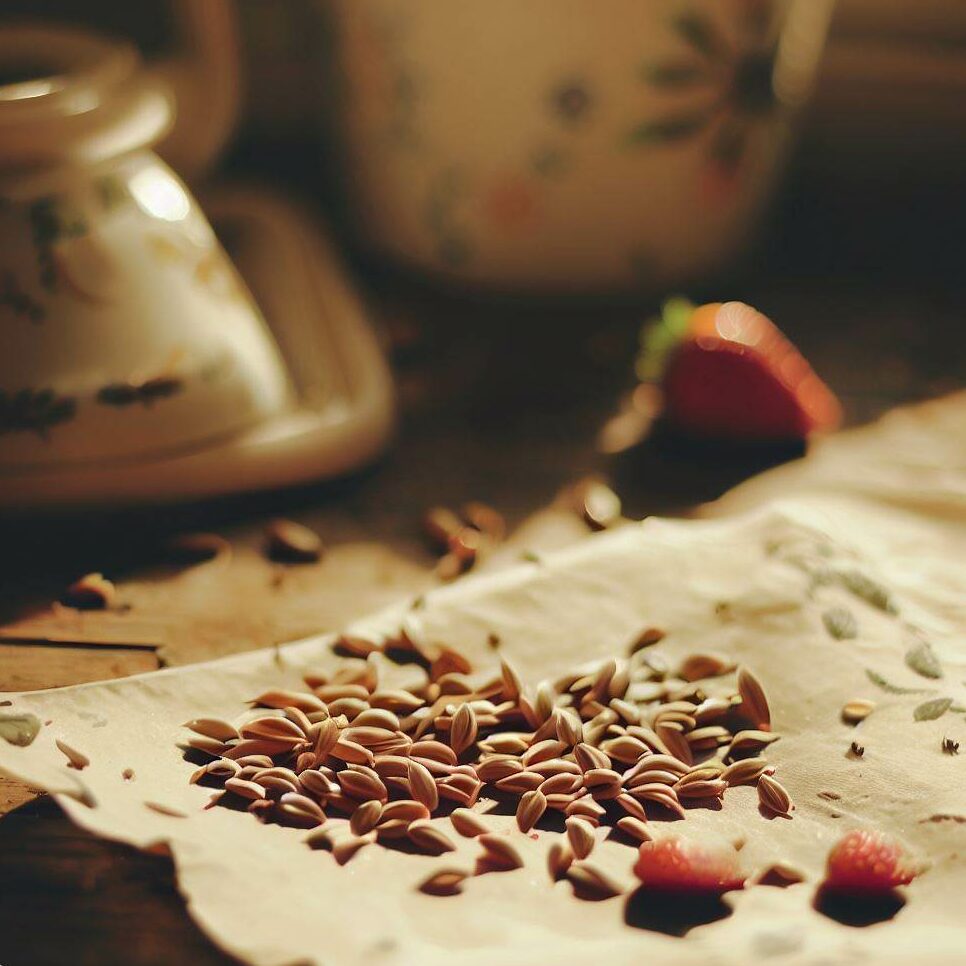
Paper Towel Method
This is a simple and straightforward method. Simply spread the seeds out on a paper towel and let them dry for a few days. Once dry, they can be stored in a cool, dry place until you’re ready to plant them.
Blender Method
For this method, you’ll need a blender and a sieve. Blend the strawberries with a bit of water, then pour the mixture through a sieve to separate the seeds. Rinse the seeds under running water, then let them dry before storing.
Sieve Method
This method is similar to the blender method, but without the blending. Simply mash the strawberries through a sieve to separate the seeds. Rinse and dry the seeds before storing.
Dried Skins Method
In this method, you allow the strawberry skins to dry out completely, then rub them to dislodge the seeds. This method requires a bit more time, but it’s a good option if you don’t have a blender or sieve.
Tweezers Method
This method involves using tweezers to pick the seeds off the strawberry. It’s a bit more time-consuming, but it allows you to harvest the seeds without damaging them.
🍓 Strawberry Suggestion: No matter which method you choose, remember to label your seeds clearly so you know which variety they are. And always store them in a cool, dry place to keep them viable. 🍓
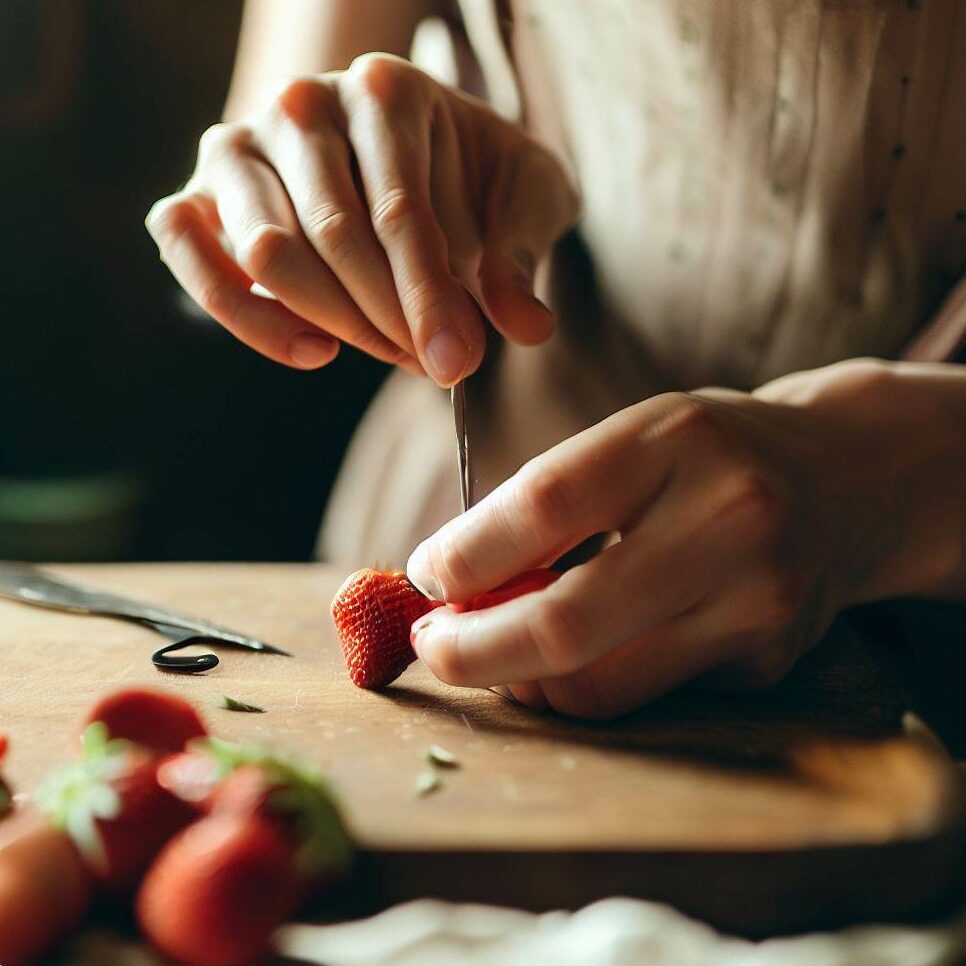
Storing Strawberry Seeds: Tips and Techniques
Once you’ve harvested your strawberry seeds, the next step is to store them properly. Proper storage is crucial to maintaining the viability of your seeds, ensuring they’re ready to sprout when planting time comes.
Strawberry seeds can be stored for up to a year, but they’ll have the best germination rates if used within a few months of harvesting. To dry strawberry seeds before planting, spread them out in a single layer on a paper towel and let them air dry for a few days. Once dry, store them in a cool, dry place.
Now, you might be wondering about freezing. Do you have to freeze strawberry seeds before planting? The answer is yes, but it’s not quite as simple as popping them in the freezer. This process, known as stratification, involves storing the seeds at a cold temperature for a few weeks to mimic winter conditions. This helps to break the seed’s dormancy and encourage germination.
🍓 Strawberry Suggestion: When stratifying strawberry seeds, place them in a sealed container with some moist sand or peat moss. This helps to maintain the right level of moisture during the stratification process. 🍓
Growing Strawberries from Seeds
Growing strawberries from seeds can be a rewarding experience, allowing you to cultivate your own fresh, juicy strawberries right at home. Whether you’re growing indoors or in pots, the process is quite straightforward, albeit requiring a bit of patience.
To grow strawberries from seeds, start by preparing a seed tray or pots with a good-quality seed compost. Sow the seeds on the surface, then lightly cover with a sprinkling of compost or vermiculite. Keep the compost moist and place the tray or pots in a cold frame or unheated greenhouse.
Growing Indoors
If you’re growing strawberries indoors, place the pots or tray in a bright location, such as a windowsill. Maintain a temperature of around 60-75°F (15-24°C) for optimal germination. Once the seedlings are large enough to handle, transplant them into individual pots and grow them on in cooler conditions.
Growing in Pots
For growing strawberries in pots, choose a pot that’s at least 6 inches in diameter and has good drainage. Once the seedlings are established, you can transplant them into the pot. Place the pot in a sunny location and water regularly.
🍓 Strawberry Suggestion: Strawberries love sun, so whether you’re growing indoors or in pots, make sure they get at least 6-8 hours of sunlight each day. 🍓
Strawberry seeds typically germinate in 2-3 weeks, but it can take several months for the plants to become established and about a year before they start producing fruit. But the wait is worth it when you’re enjoying your own homegrown strawberries!
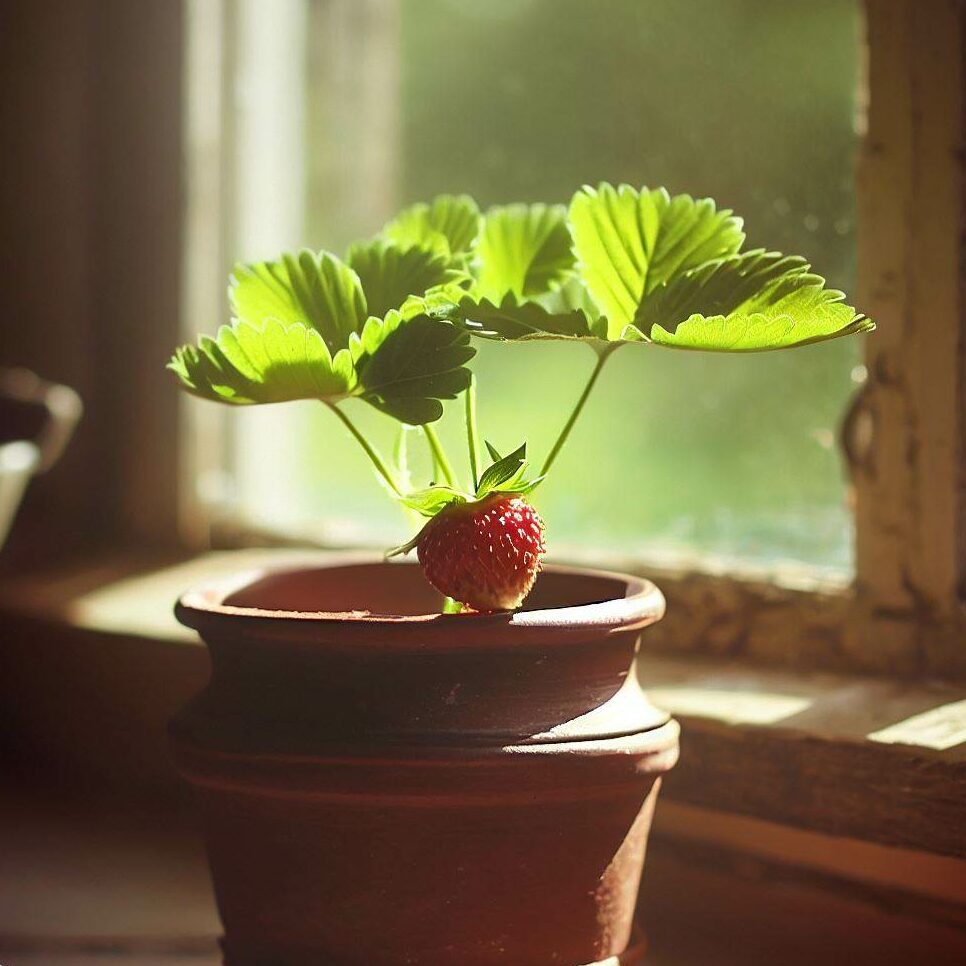
Planting and Harvesting Strawberry Seeds: From Seed to Fruit
The journey from seed to fruit is a fascinating one, and with strawberries, it’s a journey filled with anticipation and sweet rewards. Let’s delve into the timeline of this journey, from the best time to start your strawberry seeds, to the moment of harvesting your homegrown strawberries.
The best time to start strawberry seeds is late winter to early spring. This gives the seeds plenty of time to germinate and the plants to grow before the warmer months, which is when they’ll start producing fruit.
When to Start Your Strawberry Seeds
Starting your strawberry seeds at the right time is crucial for a successful harvest. Late winter to early spring is the ideal time to start your seeds indoors. This gives the seeds plenty of time to germinate and the plants to grow before the warmer months, which is when they’ll start producing fruit.
The Waiting Game: From Planting to Harvesting
Once you’ve planted your strawberry seeds, you might be wondering, “How long before I can start harvesting strawberries?” Well, patience is key here. Strawberry plants typically start producing fruit about a year after the seeds are sown. So, if you plant your seeds in early spring, you can expect to start harvesting strawberries the following year.
🍓 Strawberry Suggestion: While waiting for your strawberries to grow, keep the plants well-watered and in a sunny location to encourage healthy growth. 🍓
First-Year Fruiting: Fact or Fiction?
Now, you might have heard that strawberries will produce fruit in their first year. While this can happen, it’s not the norm. Most strawberry plants will start producing fruit in their second year. But don’t worry, the wait is worth it! Once your plants start fruiting, you can look forward to a bountiful harvest of sweet, juicy strawberries every year.
From seed to fruit, growing strawberries is a journey of patience and care. But with each sweet bite, you’ll know it was worth the wait.
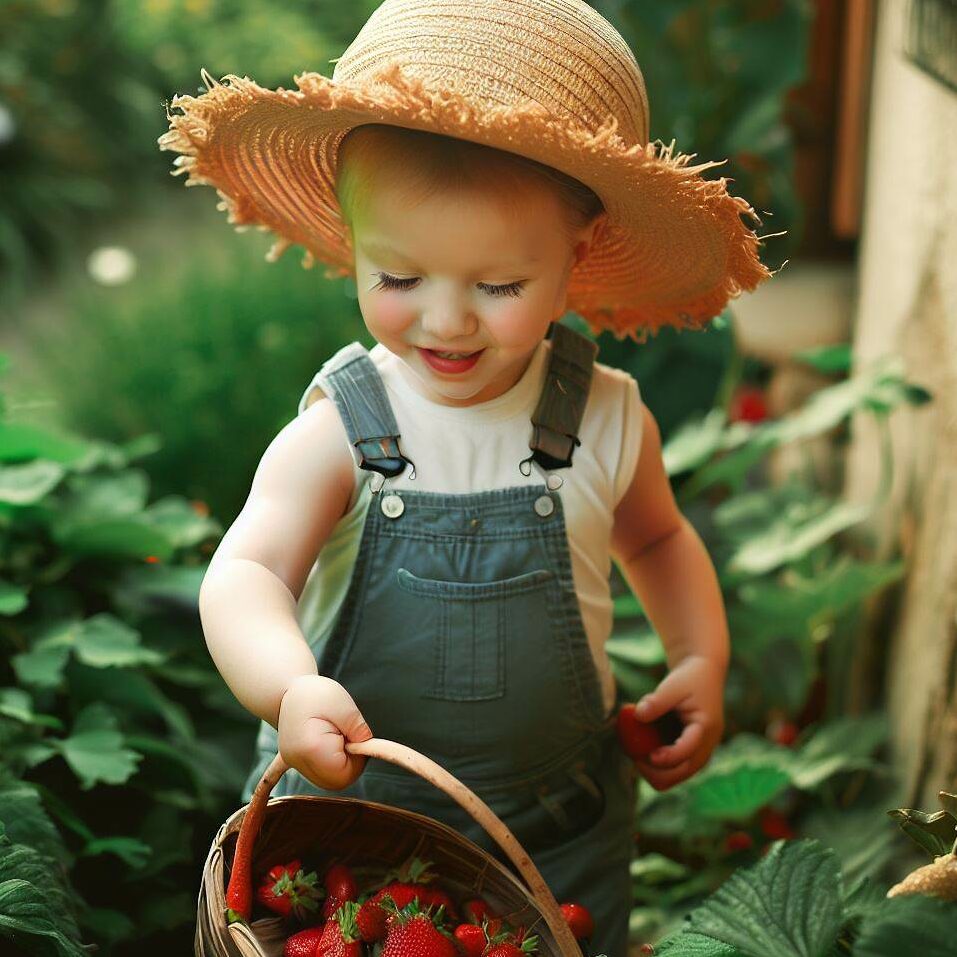
Berry Interesting Questions: A Strawberry Q&A
Q: Can I use any strawberry for seed harvesting?
A: It’s best to use ripe, non-hybrid strawberries for true-to-type plants.
Q: How deep should I plant the strawberry seeds?
A: Strawberry seeds should be planted about 1/8 inch deep in the soil.
Q: How often should I water the strawberry seeds?
A: Keep the soil consistently moist but avoid waterlogging.
Q: How can I protect my strawberry plants from birds?
A: You can use netting to protect your strawberry plants from birds.
Q: How often should I rotate my strawberry crops?
A: It’s recommended to rotate your strawberry crops every 3 years to prevent disease build-up.

[…] months ahead. Proper care at the end of the season can ensure a bountiful harvest next year. While growing strawberries from seeds is possible, with the right care,your existing plants will bounce back year after year. […]